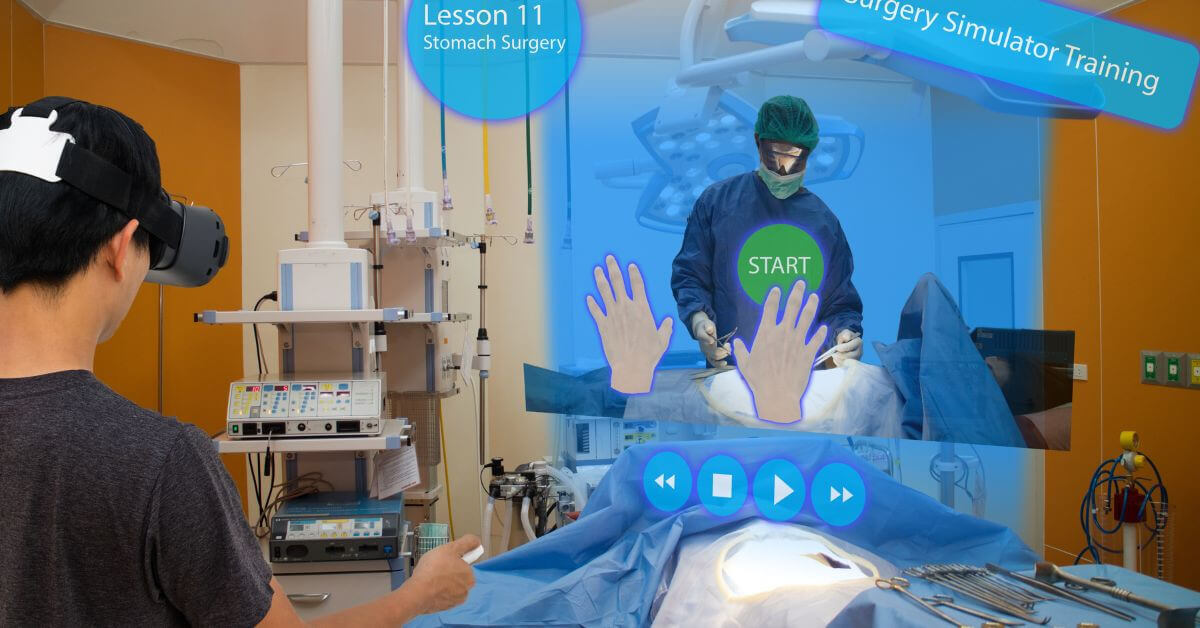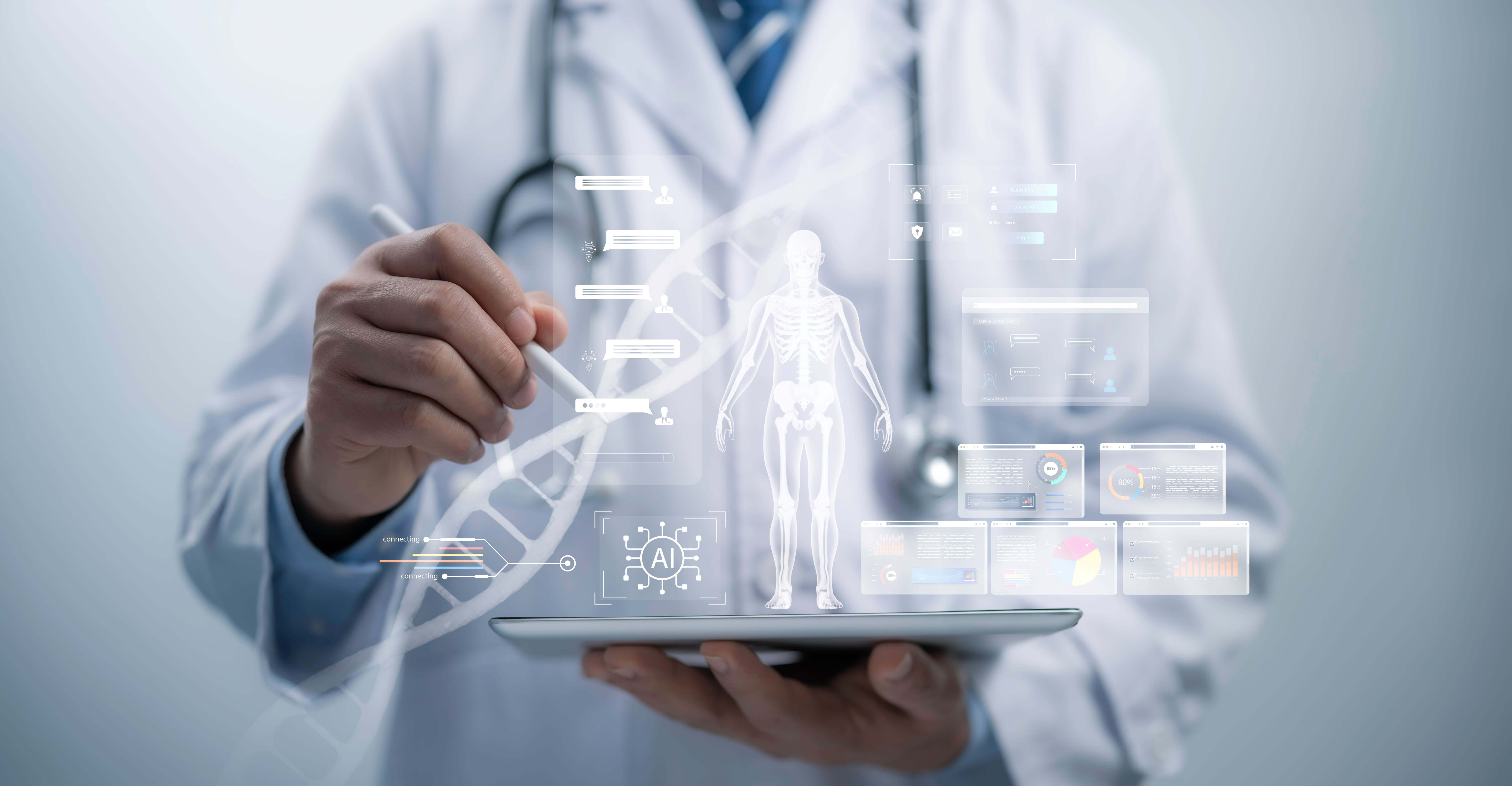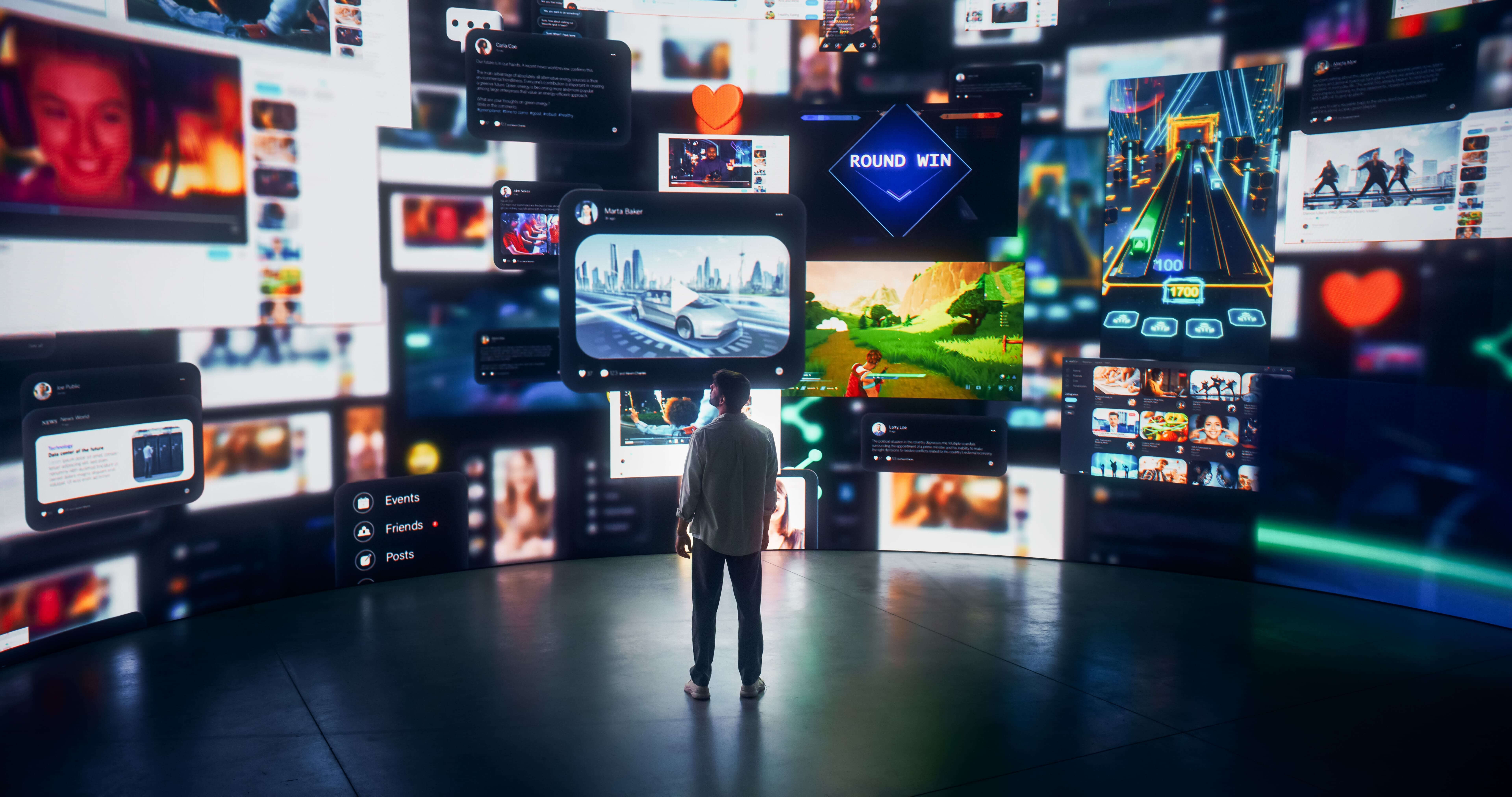Augmented Reality (AR) is rapidly transforming the healthcare industry by enhancing the way medical professionals train, diagnose, and treat patients. With the ability to overlay digital information onto the real world, AR brings a new dimension to medical care, improving both precision and efficiency. This blog post explores how AR is revolutionizing patient care, offering innovative solutions that are reshaping healthcare practices globally.
Enhanced Diagnostic Procedures
Visualizing Complex Data
AR technology enables medical professionals to visualize complex medical data in a more intuitive and accessible way. For example, AR can project a patient’s medical images, such as CT scans or MRIs, directly onto their body. This capability allows doctors to understand the anatomical context better and make more accurate diagnoses.
Real-Time Information
During examinations or procedures, AR can provide doctors with real-time, critical information displayed directly in their field of vision. This might include patient vitals, medical history, or alerts about potential complications, thereby reducing the risk of errors and enhancing patient safety.
Surgical Precision and Safety
Preoperative Planning
Surgeons can use AR for preoperative planning by overlaying potential surgical approaches onto 3D models of the patient’s anatomy. This practice helps in strategizing the safest and most effective way to approach surgeries, potentially reducing operation times and improving outcomes.
Intraoperative Navigation
AR is also transforming the operating room. Surgeons can use AR glasses or screens to display crucial information like surgical checklists and real-time guidance on surgical tools’ positioning. This technology acts as a navigation aid, helping surgeons perform procedures more safely and efficiently, with a reduced likelihood of complications.
Medical Training and Education
Interactive Training Tools
AR provides an immersive learning environment for medical students and trainees, allowing them to interact with virtual patients and conduct simulated procedures. These training tools help students gain practical experience and confidence before working with real patients.
Continuing Professional Development
For seasoned professionals, AR can facilitate ongoing learning and skill enhancement by enabling them to participate in virtual conferences or live surgeries from anywhere in the world. This accessibility to continuous professional development ensures that healthcare providers are always up-to-date with the latest medical advancements and techniques.
Patient Engagement and Understanding
Improved Patient Communication
AR can play a significant role in patient education by helping them visualize their medical conditions or the effects of potential treatments. Using AR models, doctors can effectively communicate complex medical information in a way that is easier for patients to understand, thereby improving patient engagement and informed consent.
Enhanced Rehabilitation
In physical therapy, AR can guide patients through exercises in a fun and engaging way, providing real-time feedback on their performance. This technology not only makes the rehabilitation process more interactive but also tracks progress more effectively, potentially speeding up recovery times.
Conclusion
Augmented Reality in healthcare is more than just a technological advancement; it’s a revolutionary approach that enhances the capacity of healthcare providers to deliver care. From improving diagnostic accuracy to enhancing surgical outcomes and patient communication, AR is setting a new standard in healthcare. As this technology continues to evolve, its integration into healthcare systems worldwide promises to further enhance patient care and safety, ultimately leading to better health outcomes.




